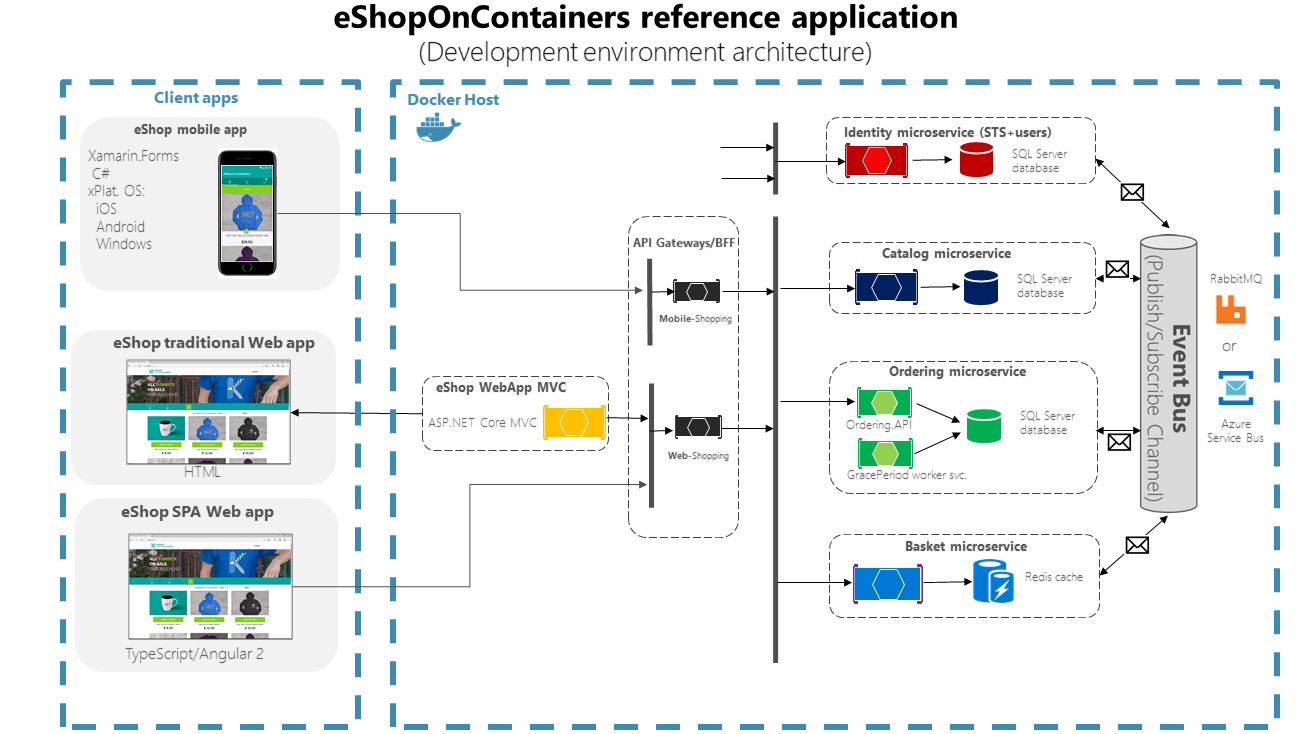
The role of microservices in modern .NET and Java development is becoming increasingly important as organizations strive to build flexible, scalable, and resilient applications that can keep pace with rapidly changing business needs.
Microservices are a software architecture pattern that involves breaking down a large, monolithic application into smaller, independent components, each of which can be developed, deployed, and managed independently.
By utilizing microservices, .NET and Java developers can build applications that are more agile, flexible, and easier to maintain, as well as more scalable and resilient in the face of failures or outages.

The microservices approach enables teams to work on different parts of an application simultaneously, reducing the time-to-market for new features and improving overall efficiency. Each microservice is responsible for a specific business capability, such as user authentication, order processing, or product recommendation, and can be developed and deployed independently of the other microservices. This allows teams to move at their own pace and focus on delivering value for their specific area of responsibility, without being held back by the development pace of other teams.
Another key advantage of microservices is the ability to scale individual components as needed, without affecting the entire application. This is particularly important in applications that need to handle sudden spikes in traffic or data processing. With microservices, developers can simply deploy additional instances of a specific component to handle increased load, rather than having to scale up the entire application.

However, there are also challenges associated with microservices development, such as increased complexity in testing, monitoring, and debugging, and a need for specialized tools and technologies to manage the deployment and orchestration of microservices.
It is also important to consider the security implications of deploying microservices in a distributed environment, as well as the need for effective communication and coordination between teams working on different microservices.
Despite these challenges, the benefits of using microservices in .NET and Java development are clear, and the trend toward microservices is only expected to continue as organizations look for ways to deliver high-quality applications more quickly and cost-effectively.
The microservices approach offers the agility, scalability, and resilience that organizations need to stay competitive in today’s rapidly changing business environment, and is a key enabler of digital transformation initiatives.
In conclusion, microservices have become an essential tool for .NET and Java developers looking to build flexible, scalable, and resilient applications that can keep pace with changing business needs. While there are challenges associated with microservices development, the benefits of this approach are clear, and organizations that adopt microservices will be well positioned to deliver high-quality applications quickly and cost-effectively.